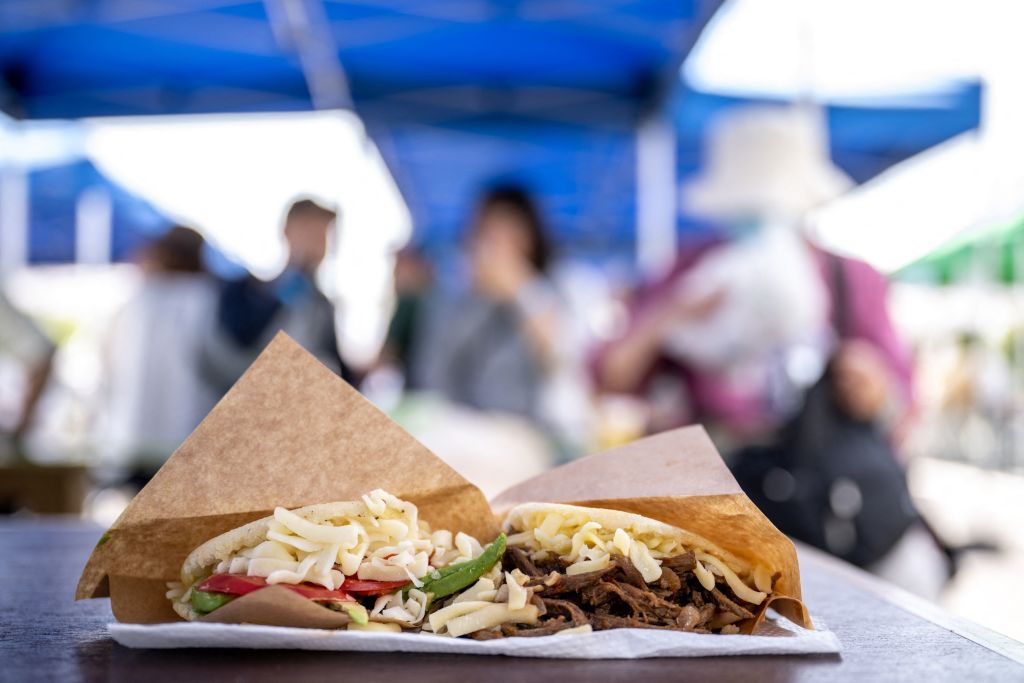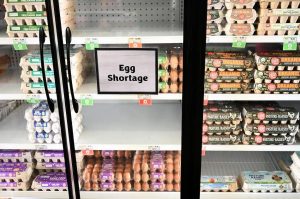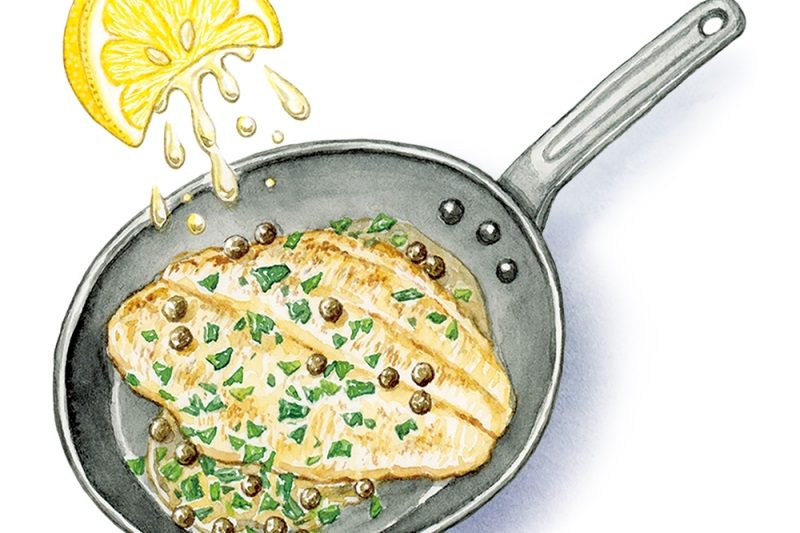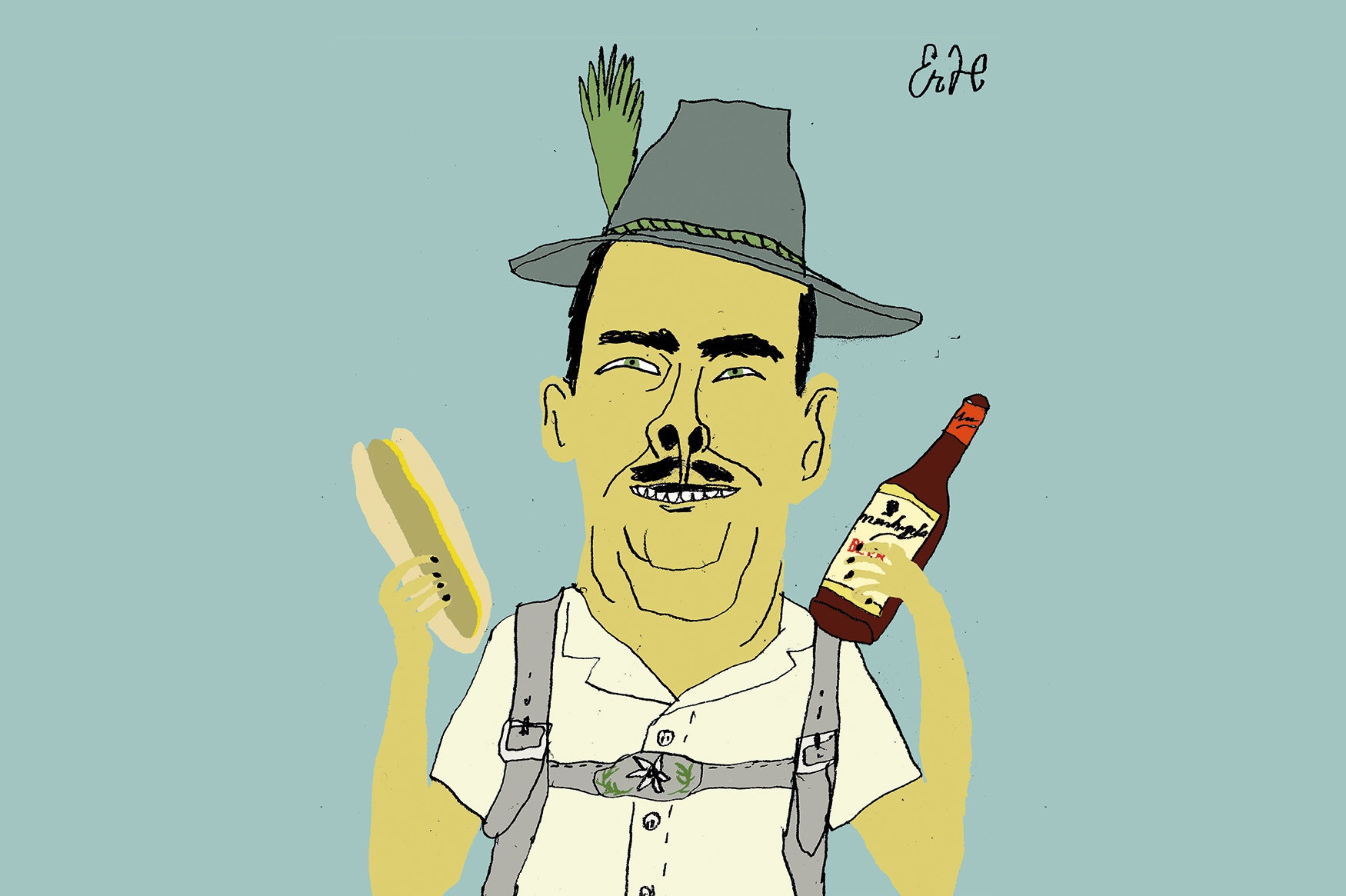Venezuela is a prideful nation. Prideful about what? Is it the inflation or the fact that close to 25 percent of the oil-rich country’s population has fled the place?
I know, the pride sounds misplaced. The average American likely thinks about their own southern border, dog-eating and communism when Venezuela is mentioned.
Yet Venezuela also has the world’s tallest waterfall (Angel Falls), the most wins in the big four international beauty pageants, stunning white-sand beaches, lots of oil and award-winning rum and cocoa.
Still, if there’s anything that makes me want to sing the Venezuelan national anthem, as someone who spent part of his childhood in Caracas, it’s the taste of a chicken, avocado and Gouda-filled arepa. Or as they call that combination there, una sifrina — Venezuelan slang for snob, because, er, the arepa is blonde. But wait, there’s also one literally called a “blondie” (catira), so maybe it’s the avocado that makes it haughty? It’s complicated.
Arepas are magnificent — they are maize dough deep-fried, baked, but best grilled. If you are a simple person, you can get a tostiarepa (an arepa maker) from Target. Still, the OGs will stick to a budare — a circular, slightly concave plate made of clay or iron. The older the budare is, the better. Or so says my mom.
If you live in Orlando, stop by my aunt’s Teq-a-Bite. If you are brave, order a pabellón arepa. That one is filled with shredded beef, black beans, white shredded cheese and plantains. And it’s heavy.
Almost anywhere in South Florida, you can also find a Panna restaurant, which is a bit more fast-foodish but does the trick. I suggest the baby arepitas, four fried minis: a catira, a pelúa (which translates to “hairy” because of its shredded chicken filling), a reina pepiada (“curvy queen”), and one with ham and guayanés cheese (a soft and salty cheese from southeastern Venezuela).
In Washington, DC, I like to take my buds to Arepa Zone, where I usually get a sifrina. I also like to order some tequeños, which you may think are “just like mozzarella sticks,” but don’t say that out loud. I’d also suggest you try a cachapa, which some describe as a salty pancake. Lastly, there is what the two last first-timers I brought adored, to my surprise: a patacón (like an arepa but switch the corn patty for flattened fried plantain).
Wherever you go — and there are Venezuelan restaurants in places ranging from New York to Phnom Penh — don’t forget the sauces. The cilantro-based one gets rave reviews, but try them all.
This article was originally published in The Spectator’s July 2024 World edition.


























Leave a Reply